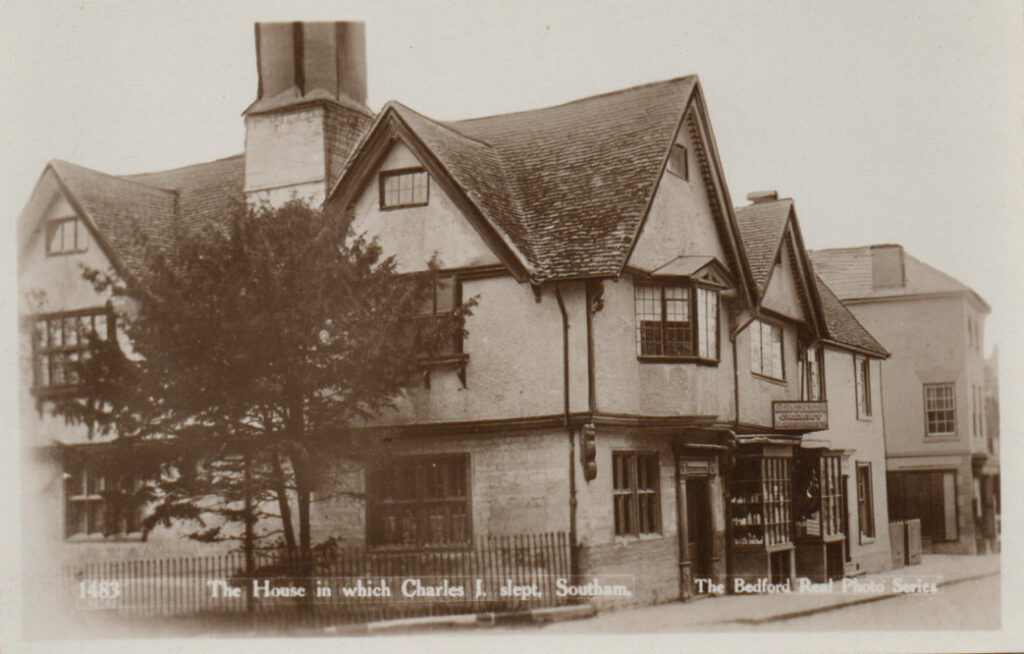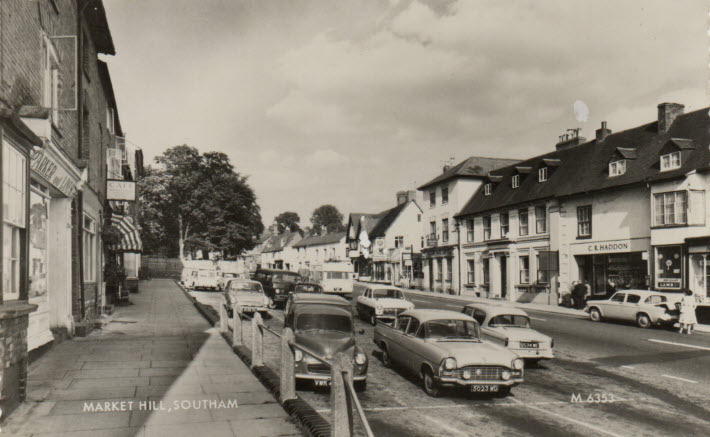Ancient Origins and Early History
Southam’s documented history stretches back a millennium, with its earliest formal record appearing in 998 AD when it was a Royal manor granted by King Ethelred the Unready to Earl Leofwine. The importance of this early settlement is evidenced in the Southam Charter of 998 AD, which meticulously defined the town’s boundaries with neighbouring settlements, including Long Itchington, Stockton, Napton, Ladbroke, Radbourne, Harbury, and Bascot.
When Coventry Priory was founded in 1043, Leofwine’s son, Leofric, Earl of Mercia, included Southam in the original endowment. The Domesday Book later recorded the manor as “Sucham,” assessing the area as having about 480 acres (four hides) with considerable woodland described as “a league long and half a league broad”. This early period laid the foundation for Southam’s subsequent development as a significant local centre.
Perhaps the most enduring remnant of Southam’s ancient heritage is the Holy Well by the River Stowe, thought to be the oldest recorded holy well in England. This unusual half-moon stone structure with three carved heads from which water flows has existed for over a thousand years, first recorded as part of the Manor of Southam in 998. The well’s natural spring water historically provided treatment for eye problems, likely due to its cleanliness compared to other local water sources.

